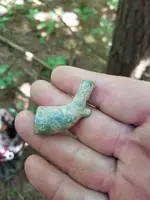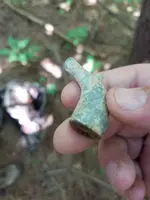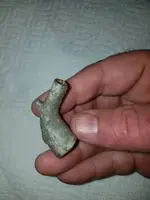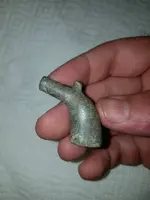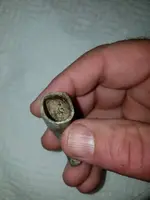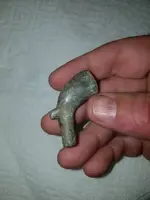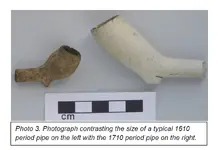Cru - All due respect to you, but I think there is too much being assumed in regards to dating pipes based on shape, size, design, etc. Perhaps the OP's pipe dates the mid-18th or quite a bit earlier? When I posted the pewter pipe that's also referenced in this thread, there was a bit of prudent questioning on the dating for my pipe and more so some suggestion that it dated very late in the 17th century - but barely so; however, that date was contrary to the history of the site - 1640s to 1670s. I believe a lot of stock on pipe shapes and sizes is based on work by Hume and others, but even Hume noted that "there is, unfortunately, a great deal that we do not yet know about the so-called evolution of bowls and stems, and there is reason to suspect that present stylistic and dating criteria have been oversimplified.”
Hume's sentiment is backed up by findings of one paper on the evolution of clay tobacco pipes in England. Here a photo and a link to the site.
View attachment 1471684
http://http://www.cafg.net/docs/articles/claypipes.pdf
This article, written long after Hume's work from 50+ years ago, shows a pipe at left with a spur dating to 1610, while the pipe at right from 1710 is flat heeled or pedestaled. There are other studies that show pipes with spurs dating well back into the 17th century. On the use of lead (apparently used for the OP's pipe) or pewter (for the pipe that I recovered), and drawbacks to using metal was secondary to the advantage of possessing a break-resistant, metal pipe; such a pipe was desired by Native Americans & trappers - people out in the elements and on the move.



